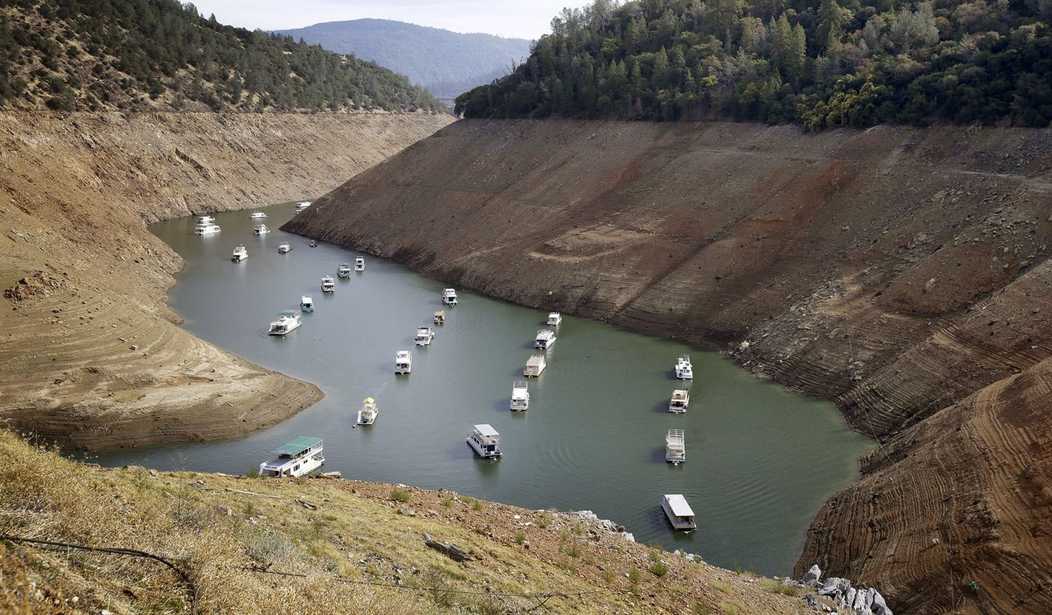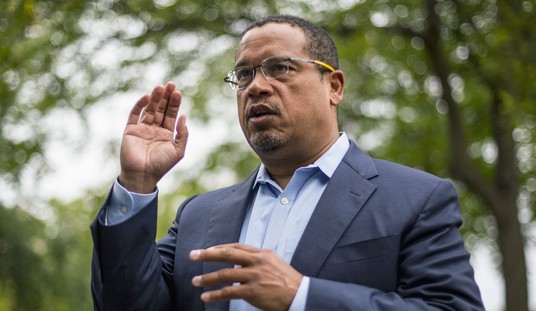For a couple of years leading up to 2014, the state of California experienced yet another of its periodic droughts, though that one was particularly bad. It reached the point where people were tearing out their lawns and replacing them with ornamental rock gardens because everyone was forbidden from watering their grass. That drought eventually eased off and the seasonal rains returned, but now the state is facing yet another drought, potentially worse than the last one. Reservoirs are running dry and rivers have been drained to the lowest levels seen in living memory as wildfires tear through several parts of the state.
One fact about that previous drought cycle that hasn’t drawn much media coverage is now coming back to bite state officials in the backside. It turns out that the voters took action in 2014, approving the appropriation of billions of dollars to create new water storage projects to prevent that crisis from repeating itself. That sounded like a smart move since the next drought was obviously going to hit them sooner or later. But seven years later, not a single new project has been completed and they’re right back where they were the last time the water ran dry. (Associated Press)
In 2014, in the middle of a severe drought that would test California’s complex water storage system like never before, voters told the state to borrow $7.5 billion and use part of it to build projects to stockpile more water.
Seven years later, that drought has come and gone, replaced by an even hotter and drier one that is draining the state’s reservoirs at an alarming rate. But none of the more than half-dozen water storage projects scheduled to receive that money have been built.
The largest project by far is a proposed lake in Northern California, which would be the state’s first new reservoir of significant size in more than 40 years. People have talked about building the Sites Reservoir since the 1950s. But the cost, plus shifting political priorities, stopped it from happening.
It just feels as if there’s a lesson here that has something to do with an old tale about the ants and the grasshopper. In a moment of wisdom and foresight, the people of California agreed to bite the bullet and put up billions of dollars to forestall the next drought. And yet the government somehow failed to take the money and bring those projects to fruition.
What stopped them from doing something that would create a vast number of jobs in addition to increasing their water security? The linked analysis blames it on a combination of politics and policy shifts. Their more environmentally focused priorities made the construction of large reservoirs (and presumably the resultant disruption of the habitat of the three-toed smurf pigeon or something) less desirable. So the projects remained idle. Now the water wolves are at the door again and it’s too late to rush into any projects of that size in time to address their current needs.
Not all of the projects that are on the table sound all that promising, either. The AP includes the details of the proposed Sites Reservoir, which would be located in a large valley containing an abandoned sandstone quarry and only a handful of buildings. That sounds like an opportune spot to dam off and flood, right? There’s just one problem. That valley doesn’t have a river running through it. They would need to pump water into the valley from the Sacramento River “when it has extra to give.” Pumping makes the project more expensive to run and even if it was already in place, the Sacramento River currently doesn’t have an ounce of water to spare.
As one analyst interviewed for the report notes, California already has roughly 1,500 reservoirs, but they haven’t built a new one in more than forty years. Part of the problem is that they’ve already put up dams at the best sites for water storage construction. The ones that are left are less desirable and more expensive, such as the Sites Reservoir project.
I don’t want to keep beating the same dead horse here, but perhaps it’s time for the state to come to grips with a few obvious bits of reality. Large parts of California are, by definition, deserts. They get some wet seasons to be sure, often enough to keep them going, but droughts are inevitable. They’ve always had to fight to move huge amounts of water around to make them habitable. Perhaps more of their citizens should consider moving to where the water is? I know… crazy talk. It was just a suggestion.








Join the conversation as a VIP Member